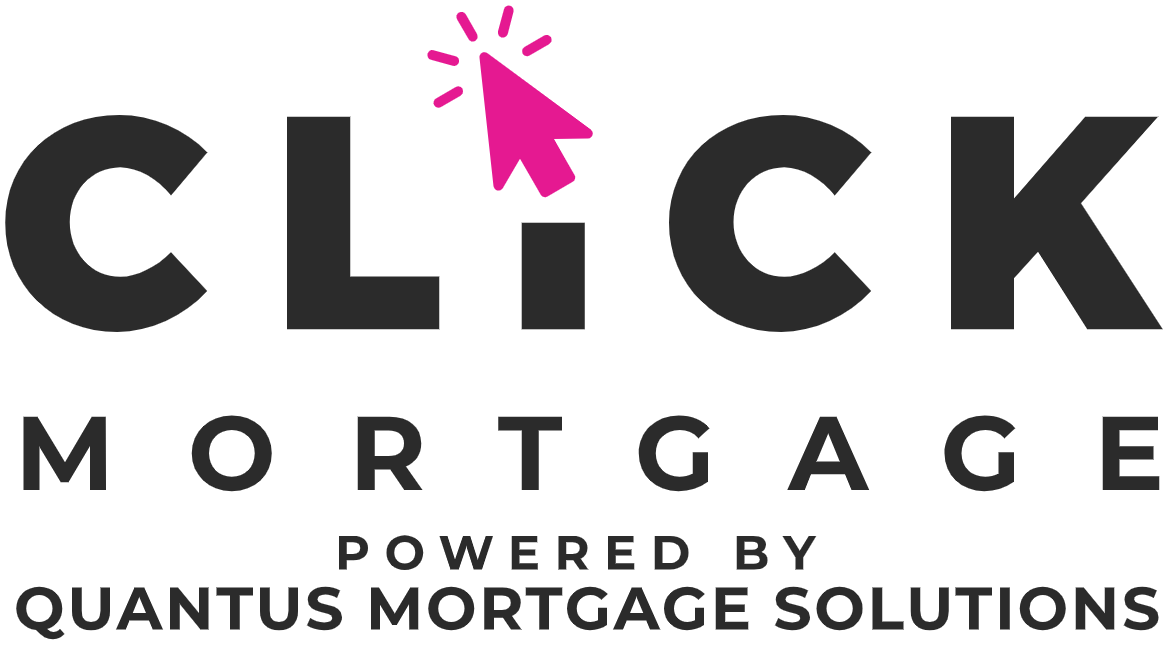Purchase + improvements
5 -MINUTE READ
TL;DR: When purchasing a home, buyers can add the cost of home upgrades into their mortgage. The program is designed to allow for up to 10% of the purchase price up to $40,000 (higher amounts available by exception with very strong credit) to be added to the mortgage for renovations and updates. You have to fund the work yourself and get quotes as part of your mortgage approval. When the work is done, you get a cheque back for the amount you spent as long as the work you did matches what was approved up front.
6 minute read
It is simple enough, but there are some steps that have to be followed carefully:
Permitted improvements
Generally speaking, the types of improvements allowed must be fixtures – as in, not removable from the property. So that means things like furniture, appliances, window dressings, art work/decorative items and things of that nature are not permitted.
Things like a new roof, new heating equipment, water heater, windows/doors, counters, cabinetry, paint, flooring, fixed lighting (light fixtures and switches: yes; lamps: no), electrical upgrades, plumbing upgrades and fixtures, and other improvements that are otherwise immovable once completed, are all generally allowed.
The nature and value of the improvements must be decided upon at the time the application is submitted for approval. Firm written quotes must then be submitted as part of the document review process to satisfy the lender’s and default insurer’s conditions of mortgage approval.
You must provide written, firm price quotes to the lender ahead of time for the work that you would like to have completed.
The quotes must have your name and the property address on them. This is part of the approval process, so extra time may be needed to complete your financing if you are taking advantage of this program.
The nature/scope/value of the work to be completed and the written quotes are part of the documents the lender must review and approve as part of their conditions to lend you money.
You can use anyone you like to complete the work.
As long as the scope/type/area of work you got quotes for, is what ends up getting done, you can use any company you want even if its not the same company who gave you the quotes. You can even do the work yourself if you are qualified.
An appraisal may be needed in order to approve the proposed improvements.
Depending on the value of the improvements and size of the scope of work, the lender and/or insurer may determine an appraisal is required up front to make sure the value will improve as a result of the work you want to do. Frequently, if the file is default insured, an appraisal is less common. If it is not default insured, or if the proposed improvement value is higher than $10,000, an appraisal is more likely. Whether an appraisal is needed is determined case-by-case.
The lender doesn’t give you the money to do the renovations. You have to come up with that yourself up front.
Once the work has been completed, you will provide copies of all paid invoices (showing a $0 balance owing) and an appraiser will visit the property. The appraiser is not looking to see if the value is improved as a result of the work. They are simply there to compare the original quotes provided, to the invoices you submitted after the work is done, and compare all of that against what was actually completed on the property.
Once completion is verified, the lender will authorize your lawyer to release the funds to you. Any over-spending is up to you to cover. If you got quotes for $30,000 and spend $35,000, the reimbursement from the lender will still only be for $30,000.
You can do larger projects and not have to pay for the whole thing up front.
This takes a significant amount of planning and co-ordination.
The first hurdle is getting a lender to approve a project outside of the 10% (to a maximum of $40k) guideline mentioned above. This is an exception, and is not one generally granted to borrowers who have shaky credit histories, unstable income, or who are already stretched very thin.
If you can find one or a handful of contractors to perform all of the quoted work, and they will agree to be paid within 2 weeks of completion of the entire project (100% of all of the work that is going to be done must be completed), you may be able to co-ordinate financing a much larger project without having to fork out the whole cost (or possibly anything) up front.
Many contractors will want a deposit of 25% or more up front before they will begin work. Fair enough. So you will need access to some cash ahead of time. Or a contractor who is extra flexible with payment terms.
Generally speaking, the work must be completed within 120 days.
You can take longer (by exception; for larger projects), but keep in mind that you are paying interest on that money from day 1 of the new mortgage, so the sooner you get the work done, the sooner you get reimbursed, and the less interest you’ll pay.
The value of the improvements becomes part of the purchase price
and you will have to pay the same down payment percentage on the improvements amount. The down payment on the total home value (purchase price plus the improvements amount) is due at closing with the rest of your down payment. When the improvements are done, you will get back 100% of the value of the approved improvements.
Changes to the scope of work are not permitted
If changes to the work you want to do occur after the mortgage is approved and funded, you will have to fund the new work on your own. For example if you had $20,000 of improvements approved – $10,000 for a roof, and $10,000 for flooring – and you decide to do the roof, and spend $10,000 on new windows and doors, you may only get the $10,000 back for the roof. The other $10,000 will go back on to the mortgage as a pre-payment. It is possible (but please don’t bank on this) that a lender would accept receipts for the $10,000 of windows and doors, and release the full $20,000 to you. But again, don’t rely on this and ensure you plan accordingly.
Over expenditures are on you
If you should happen to complete the same scope of work to the same standards as what you had quoted, but you can get it done for less – awesome!!! The surplus funds will go back on to the mortgage as a pre-payment. If you should happen to spend MORE than the approved amount, the over-expenditure must be paid out of pocket.
This program isn’t for everyone.
Buying a home is a stressful endeavor to begin with. The added stress of doing renovations right away might not be a good idea. But then again, if you have the financial capacity to handle the cost of renovations and like the idea of making it yours from the start, then this might be just the option you have been looking for.

